- The Northern Ireland government has set three goals to develop a greener and more efficient energy future for the country
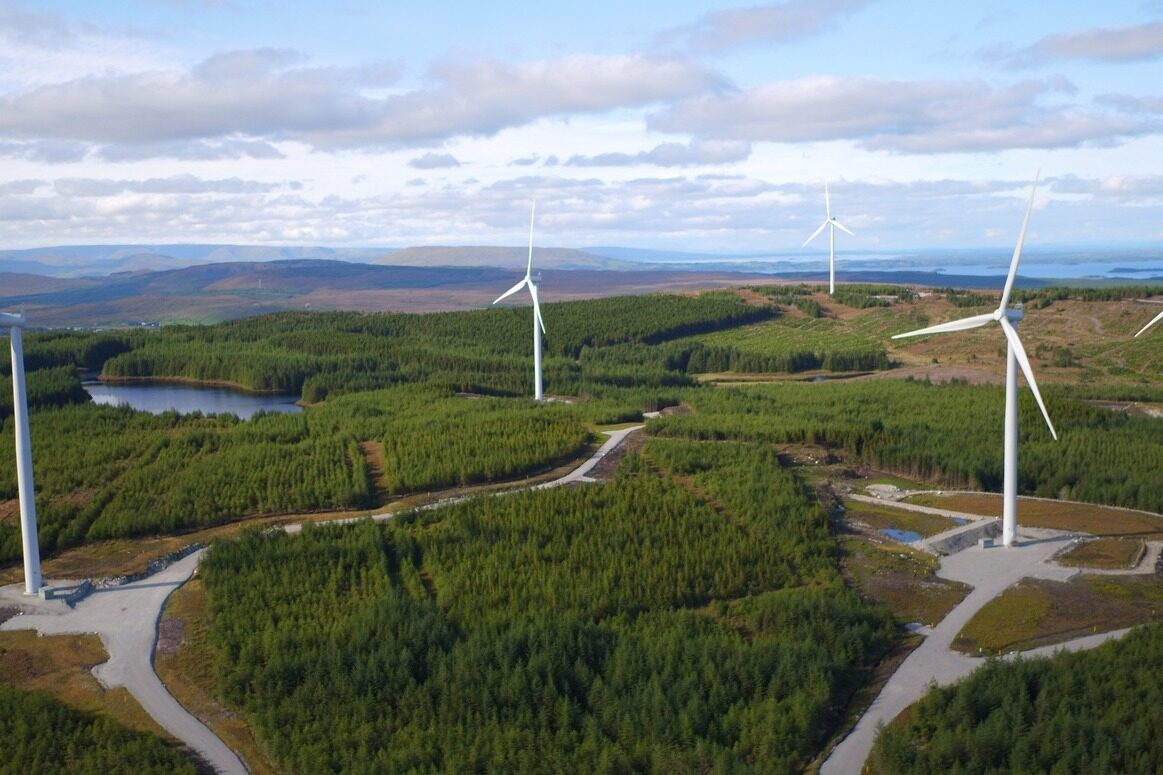
The Achievement of Net-Zero Energy Strategy document sets three key goals for Northern Ireland: by 2030, achieve 25% energy saving in buildings and industries; by 2030, at least 70% of electricity consumption will come from a variety of renewable energy sources; and make it low-carbon And the scale of the renewable energy economy has doubled, and by 2030, the turnover will exceed 2 billion pounds.

With the development of new technologies, solutions and markets, the energy transition is taking place on a global scale. Richard Murphy, an energy law expert at Pinsent Mason, said: "This new energy strategy in Northern Ireland will ensure that we are able to prepare for these changes and adapt to upcoming changes in the most effective way, which will help. To create important local market opportunities in energy systems based on high-efficiency and low-carbon networks, technologies, buildings, vehicles, industries, and infrastructure. Providing the necessary investment of course requires multiple policy levers and the correct market framework in the life cycle of the strategy Appear,"
Northern Ireland government goals
The government stated that energy accounts for nearly 60% of Northern Ireland's greenhouse gas emissions. It said that investment in clean energy can bring considerable economic benefits and enable Northern Irish companies to compete globally in the field of low-carbon technologies. These three goals are supported by five key principles. It is hoped that everyone in the society can use simple energy and protect consumers through energy transformation.
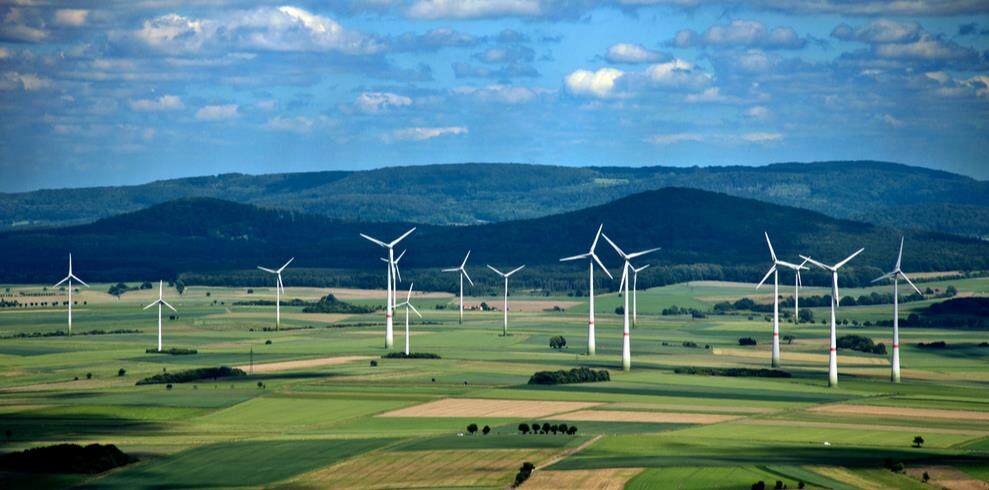
Through the development of a green economy, the strategy aims to create new employment opportunities and skills through innovation, support and focus on Northern Ireland’s competitive advantages. Efficiency is also listed as a key principle, which aims to do more with fewer resources by setting goals, standards and regulations that promote energy efficiency improvements. Fossil fuels will be replaced by domestically generated renewable energy and supported by sustainable renewable imports to achieve decarbonization of heat, electricity and transportation.
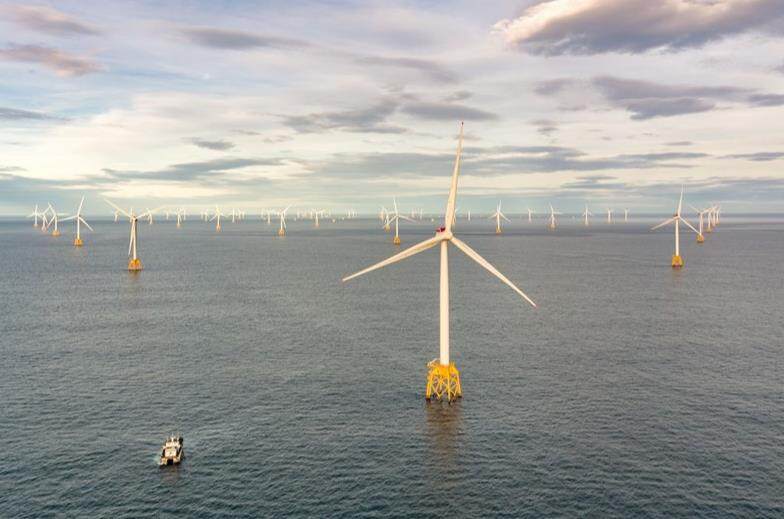
Finally, the government stated that it will create a flexible, intelligent and digital energy system that combines renewable energy with heat, electricity and transportation to create value for consumers and enhance supply security. The strategy is supported by 21 "policies and enablers" roadmaps to help change the energy landscape in Northern Ireland. However, the government acknowledged that the road beyond 2030 is unclear, and proposed two possible solutions for the future-one is mainly driven by electrification, and the other is solved by more diversified energy sources including biofuels and hydrogen. Solution driven. More detailed policy recommendations will be issued in multiple areas, but self-negotiation and participation are required to help implement the strategy. It will also release a targeted action plan in the near future to outline planned initial priorities and key support actions through March 2023. Keywords: engineering construction, engineering news
The government also promised to establish a "one-stop shop" as the focus of consumers and identify areas where new energy legislation is needed. The strategy will be monitored annually, and the first progress report is expected to be issued during the period ending in March 2023. A major strategic update review will also be conducted every five years. The first review will be conducted in 2025, and the targets will be reviewed and updated when necessary. The Northern Ireland net zero strategy was released after the British government released its net in October 2021. The zero strategy document was released shortly afterwards.Editor/XingWentao
Comment
 Praise
Praise
 Collect
Collect
 Comment
Comment
 Search
Search


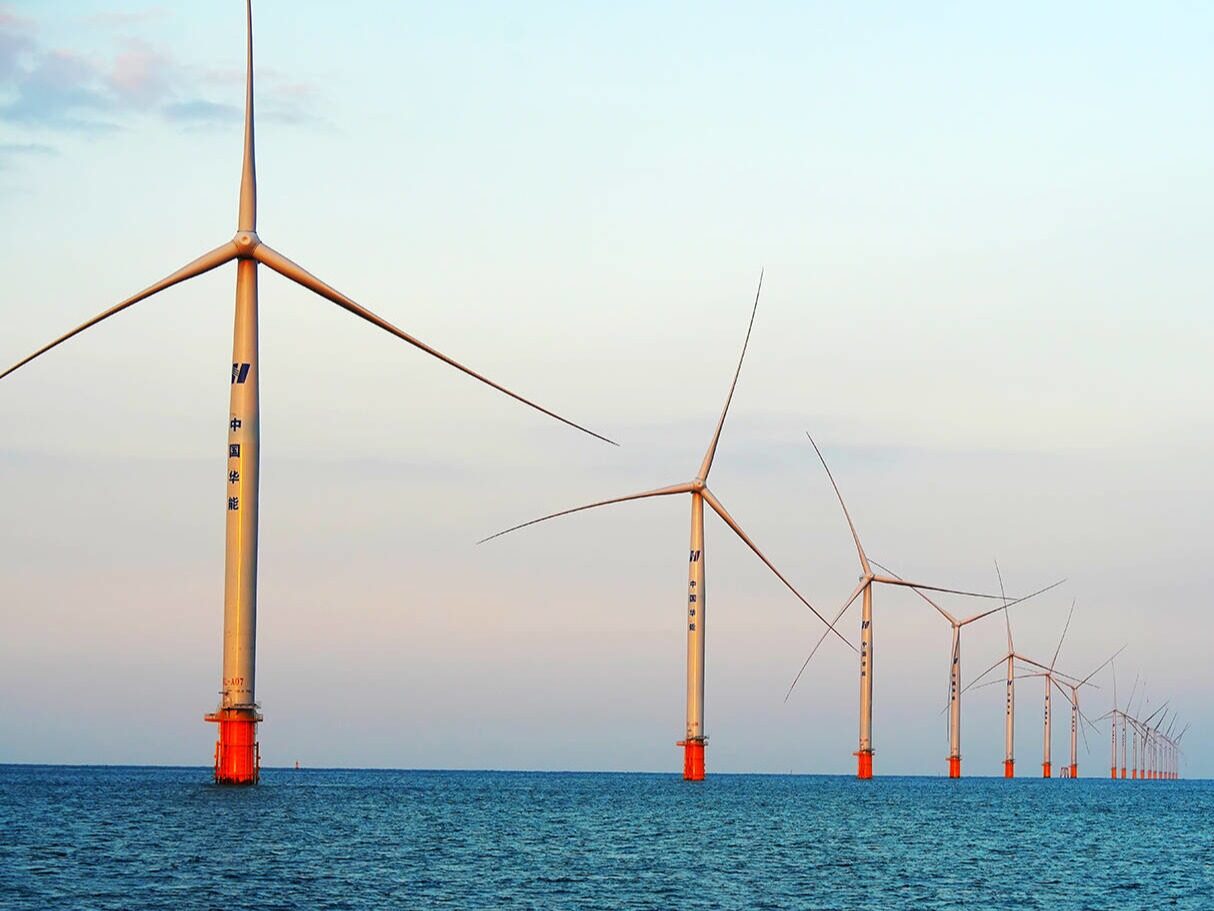

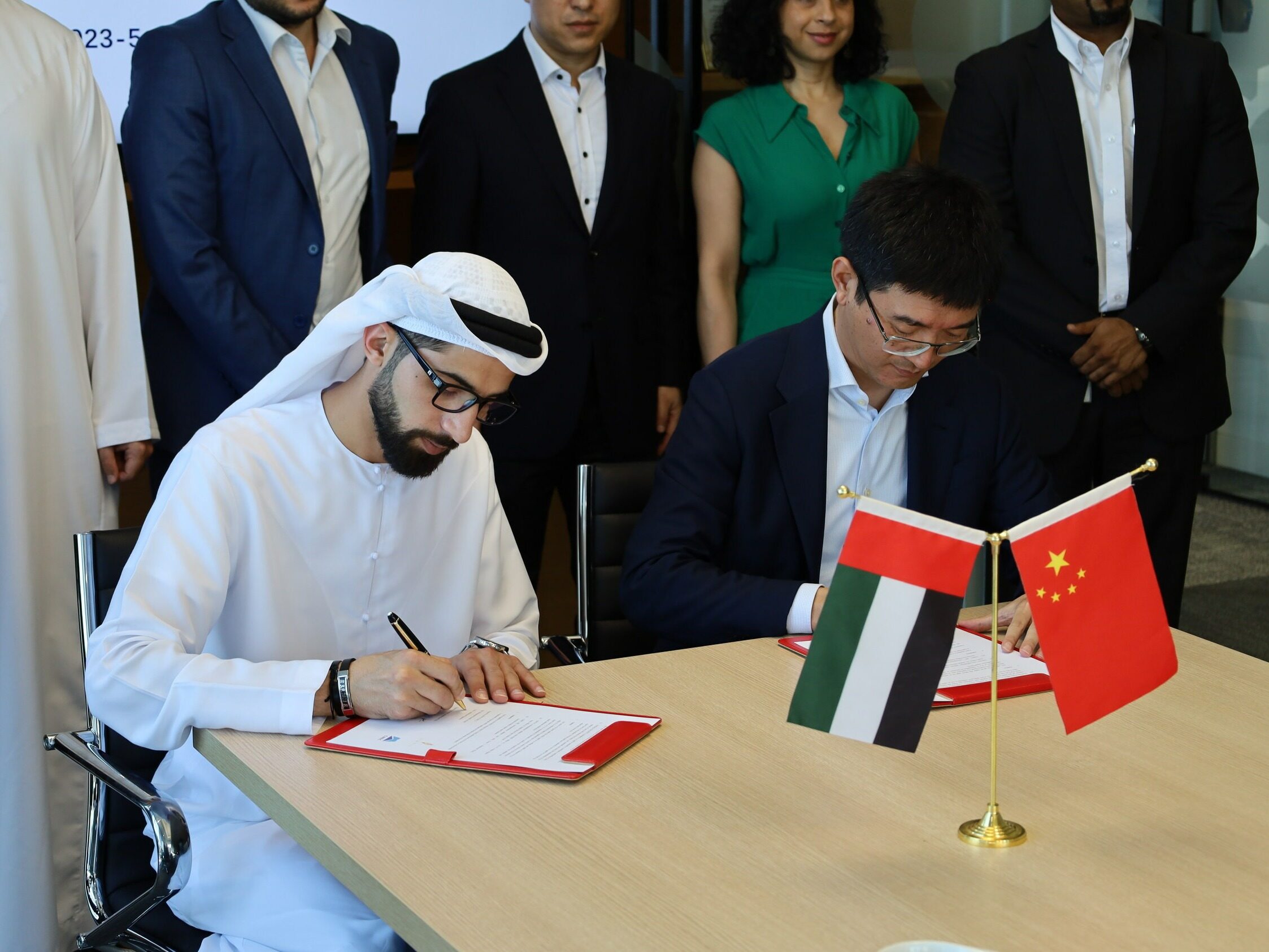

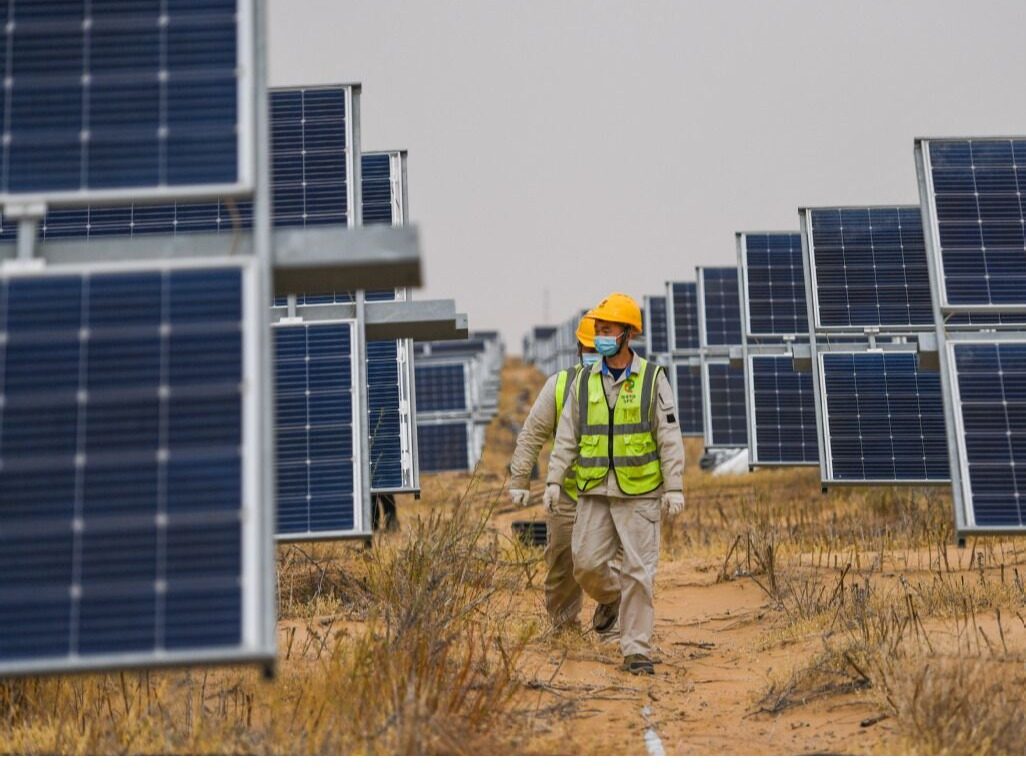
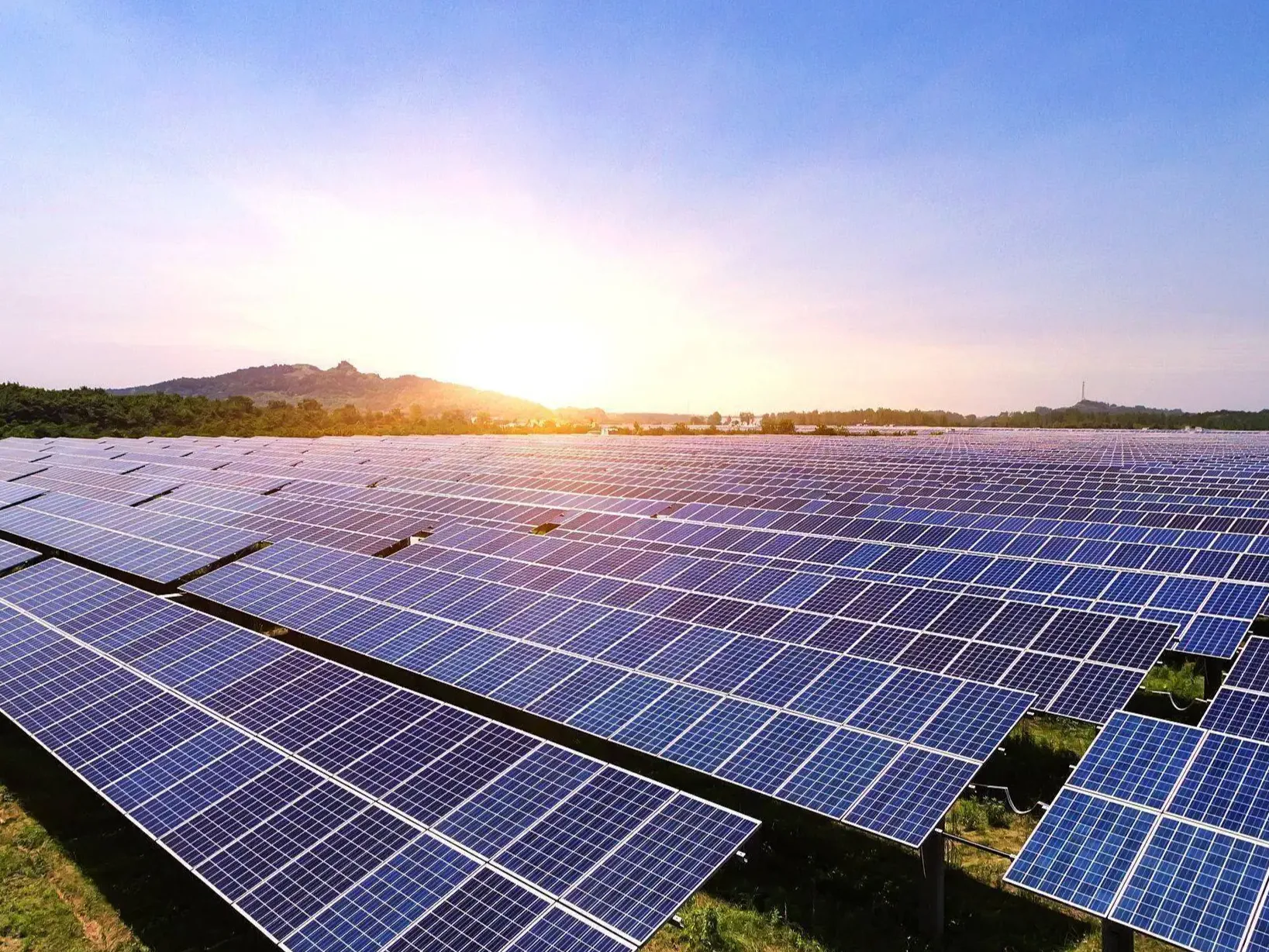






Write something~